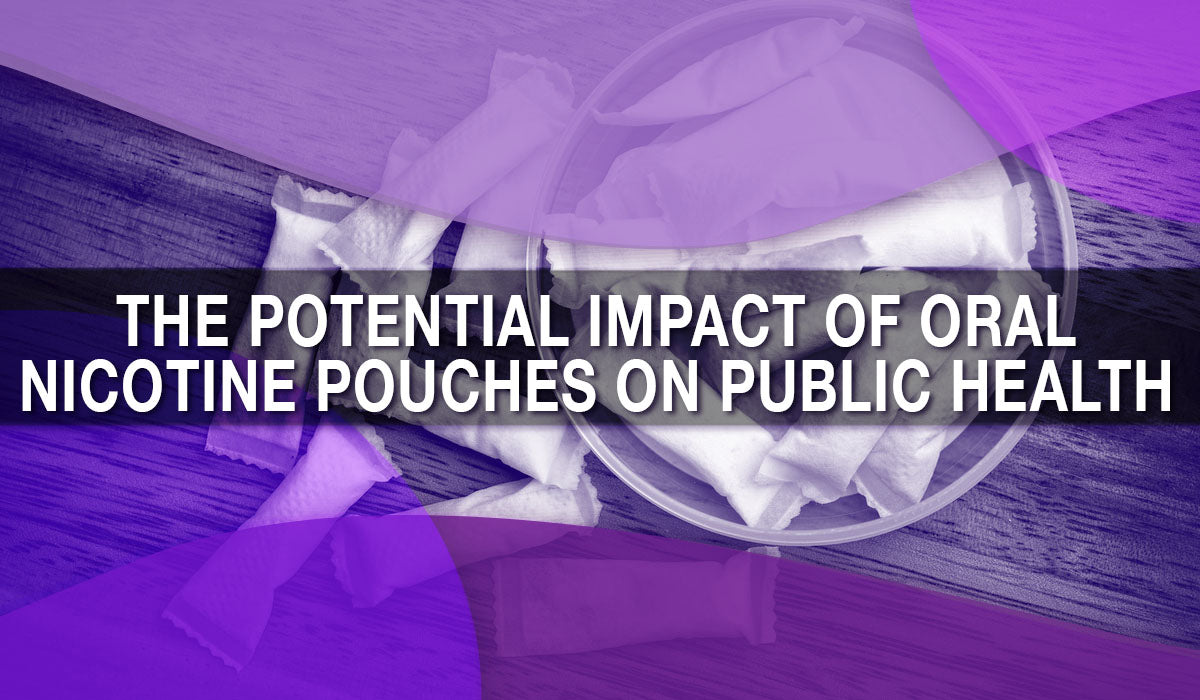
The Potential Impact of Oral Nicotine Pouches on Public Health
Oral nicotine pouches (ONPs) have emerged as a novel nicotine delivery system, gaining popularity as an alternative to traditional tobacco products. To understand their potential impact on public health, a recent scoping review has summarized existing evidence on ONPs, evaluating their characteristics, usage patterns, perceptions, toxicity, and marketing strategies.
Aims and Methods
The primary objective of this scoping review was to compile and analyze empirical studies on ONPs to assess their potential public health implications. Researchers conducted a structured literature search across three electronic databases, covering studies published up until January 10, 2024. The review focused on various outcomes, including the characteristics of ONP products, patterns of use, public beliefs and perceptions, toxicity, and marketing and sales practices.
Results
The review included 62 studies, of which 17 were industry-funded. Most of the studies originated from the United States. Key findings from the review are as follows:
- Youth and Adult Usage: There is considerable variation in youth prevalence estimates for ONP use. Nationally representative U.S. studies report a current use rate of 1.5% and a lifetime use rate below 2.5% through 2023. Awareness of ONPs is relatively high, with 35% to 42% of U.S. adolescents and young adults having heard of them. Among tobacco-naïve youth, susceptibility to trying ONPs ranges from 9% to 21%. For adults, current use estimates range from 0.8% to 3%, and lifetime use varies from 3% to 16%, primarily among those with a history of tobacco use.
- Chemical Composition and Toxicity: ONPs contain fewer harmful and potentially harmful compounds compared to cigarettes and smokeless tobacco (SLT.)
- Marketing and Sales: The marketing strategies for ONPs could potentially lead to increased initiation among youth and situational or dual use among adults.
Another new study released by BAT (British American Tobacco) on Velo, their nicotine pouch product called the Multi-endpoint in vitro Toxicological Assessment of Snus and Tobacco-free Nicotine Pouch Extracts. This study focused on testing these products against lab-grown cells and tissues, looking for a broad range of potential harms, and exploring if these products cause damage, death, or change of function in these cells.
They tested five products: 3 VELO nicotine pouches, a competitor brand, and a snus pouch. They found that the nicotine pouches “were not cytotoxic, mutagenetic or genotoxic.”
Conclusions
The review and study indicate that ONPs might present a less harmful alternative to combustible tobacco products, delivering nicotine effectively while exposing users to fewer toxic substances.
As more research emerges on the specific safety of nicotine pouches, we can better understand their true potential to reduce the death and illness associated with combustible tobacco products.









Leave a comment
This site is protected by hCaptcha and the hCaptcha Privacy Policy and Terms of Service apply.